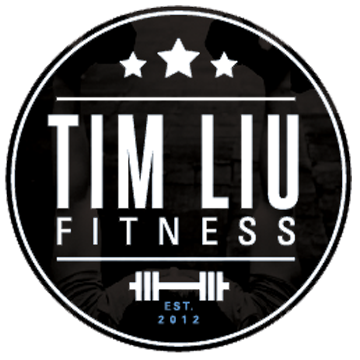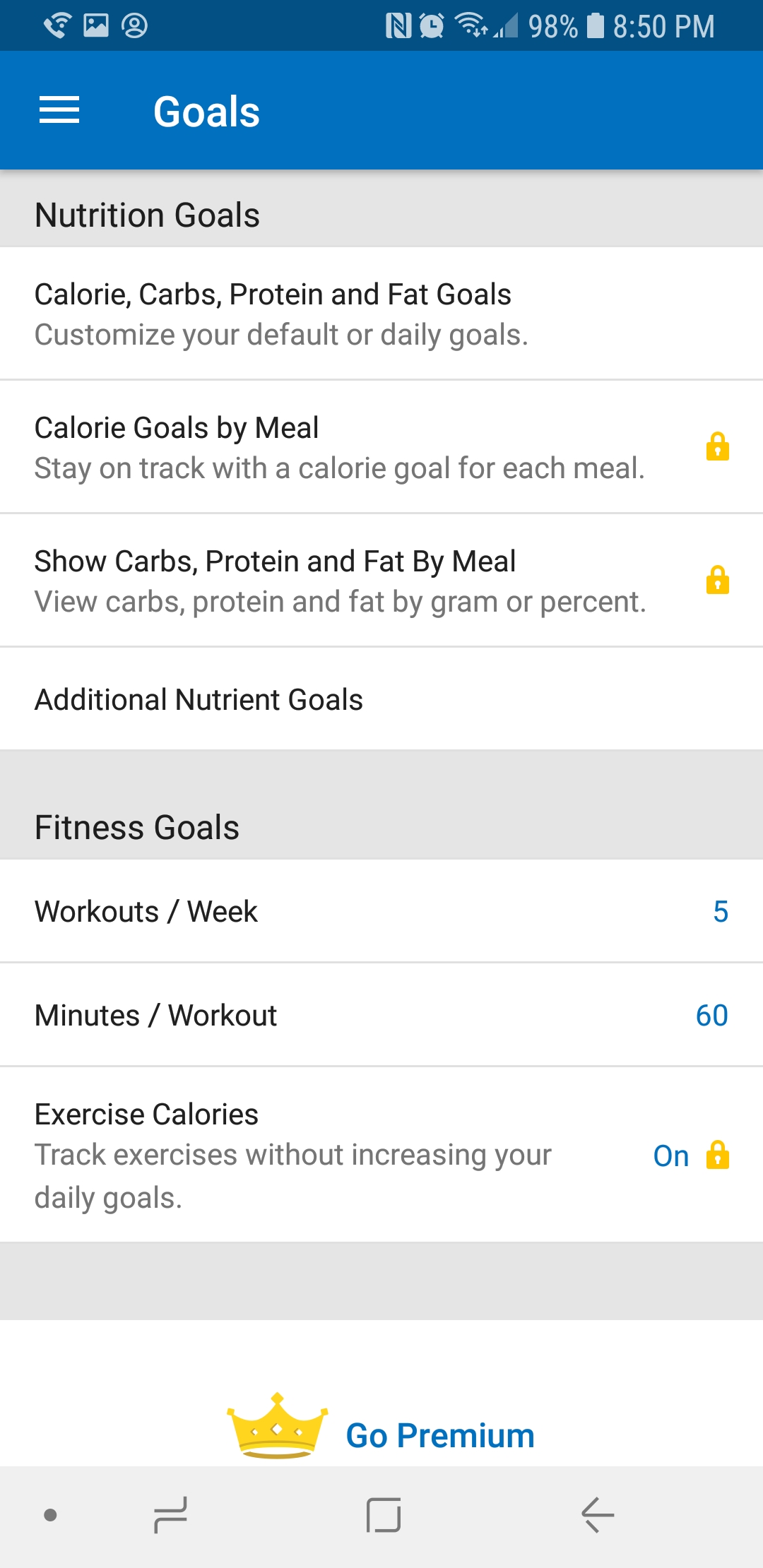If you’ve spent any time reading about fitness and nutrition, you’ve likely heard you should track your food intake if you want to reach your goals. Spoiler: I’m about to tell you the same thing.
But I also want to give you some insight into what that means and how to do it.
There are several great apps available to help track macros. The most common of these is MyFitnessPal, which is what most of my online clients use. You can set your macro targets and then track individual meals, with the app giving you your remainders. There’s also a pretty comprehensive food database, got everything you need all in one place.
I love MFP because it has a super intuitive interface and doesn’t take long to learn. It’s also set up for efficiency: once you get the hang of it, it doesn’t take much time to log your food, especially if you eat similar foods each day. Download it HERE, get your account set up, and we're good to go.
Calories
First, we have to figure out what your calorie and macro needs are. These are good calorie starting points:
Fat loss: 10-12 calories per pound bodyweight
Maintenance: 15 calories per pound bodyweight
Muscle Gain: 16-18 calories per pound bodyweight
For most of my clients, fat loss is usually their main goal. So let’s take one of my clients, Talia. She weighs 140lbs and is looking to lose bodyfat and get toned. So her calorie range is going to be 1400-1680, depending on how much physical activity she gets. When starting a fat loss program, I recommend being at 12 calories per pound bodyweight, making it 1680 for her.
The goal is to able to eat the most amount of food while still making progress, which makes it sustainable in the long term. That way you're not hangry all the time and want to strangle someone when you're in the office and somebody brought some artisanal doughnuts. Take your own weight and multiply it by 12.
Macro Setting
Next, we will set your macros, starting with protein (4 calories per gram). A good number to start at is about 30% of your calories, so for Talia it would be 1680 x 0.3 = 504 calories, which is 126g of protein.
After that, let’s look at fat intake (9 calories per gram). Just like protein, 30% of your calories is a good spot. 1680 x 0.3 = 504 calories or 56g of fat.
So that leaves us to those tasty carbs (4 calories per gram). Since 60% of our calories are from protein and fat, that leaves us with 40%. 1680x 0.4 = 672 calories, or 168g.
Now if you’re not a big carb person, you can adjust your fat to be a bit higher and your carbs lower. As long as your calories are the same, it’s totally okay.
The great thing with MyFitnessPal is that you can customize those macro goals and percentages yourself without calculating it. Here’s how you do it:
Go to the goals tab and click on the “Calorie, Carbs, Protein and Fat Goals” section.
Set your calories to the number, in this case it’s 1680 for Talia. After you set the calories, click the macros and adjust the percentage.
Now that we’ve got your macros and calories established, we’re good to go. Figure out how many meals you eat during the day and set it up in your diary. Start logging your food and you’ll be able to see just exactly what you’re eating. Didn’t know how to track your calories and macros before this? If you don’t know, now you know playa.
Got any questions? Comment below.




